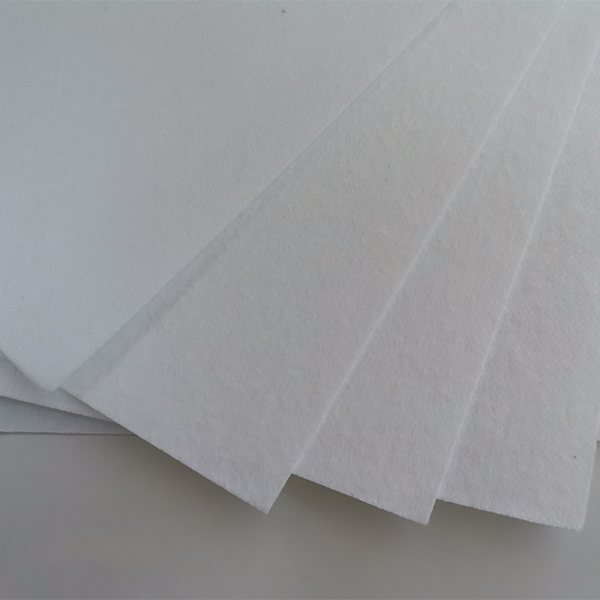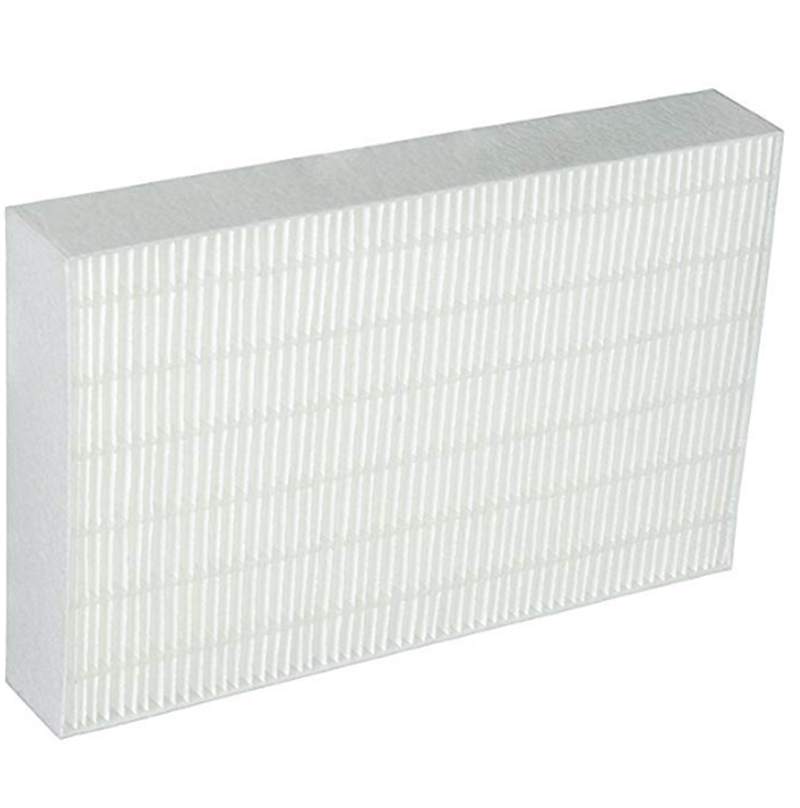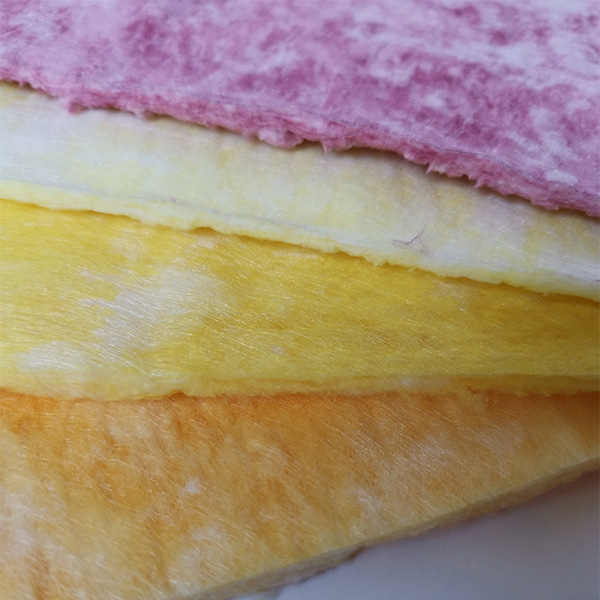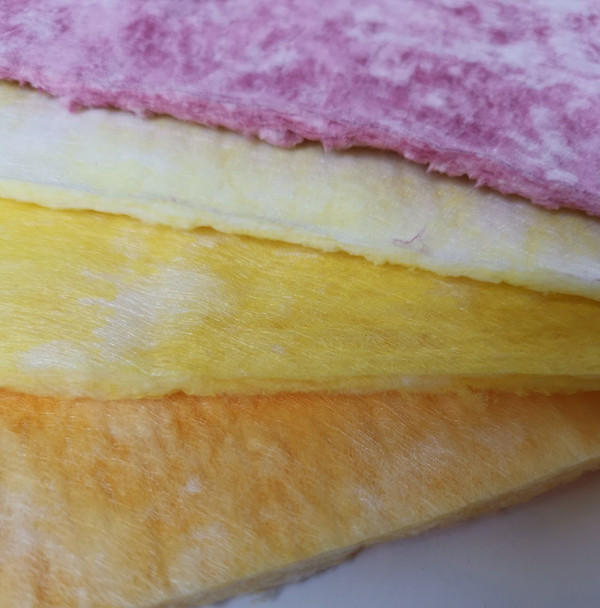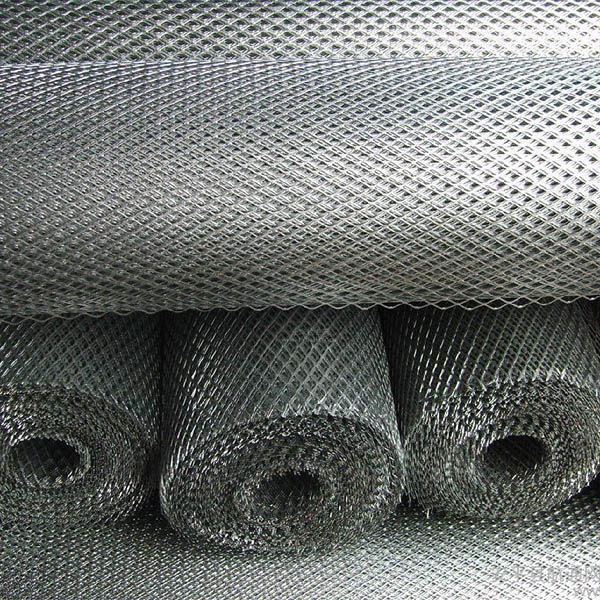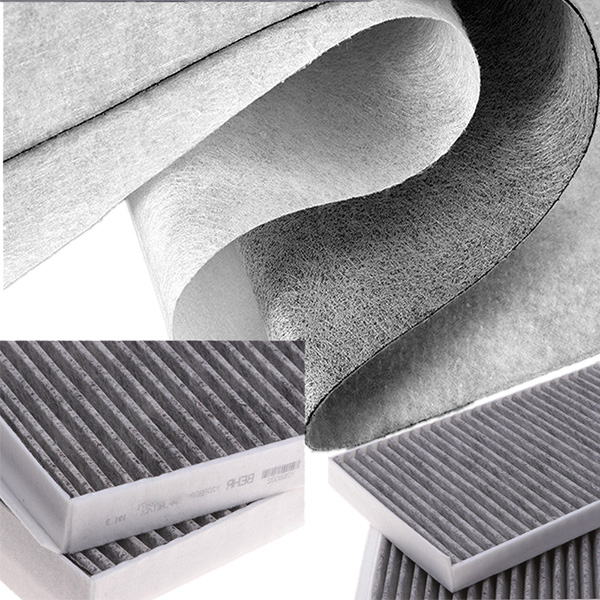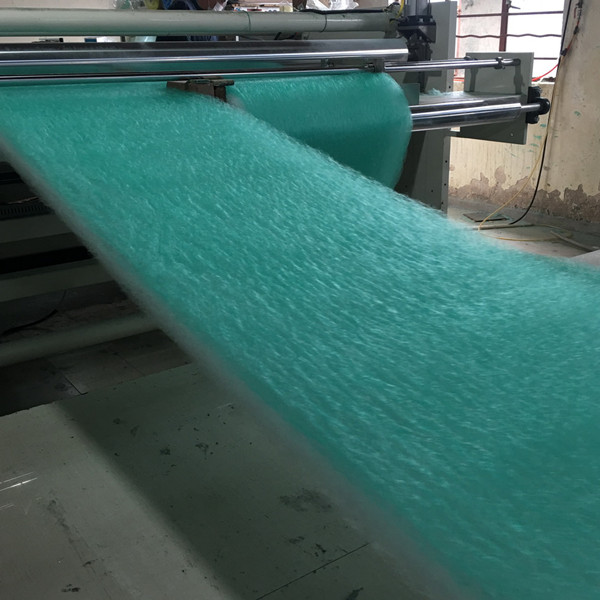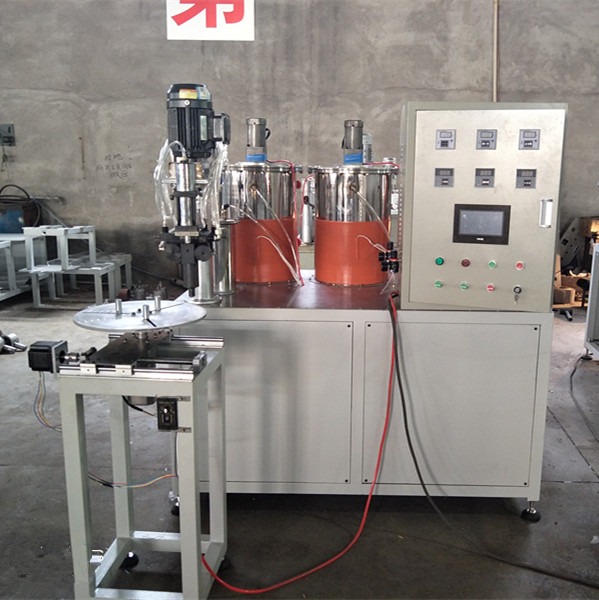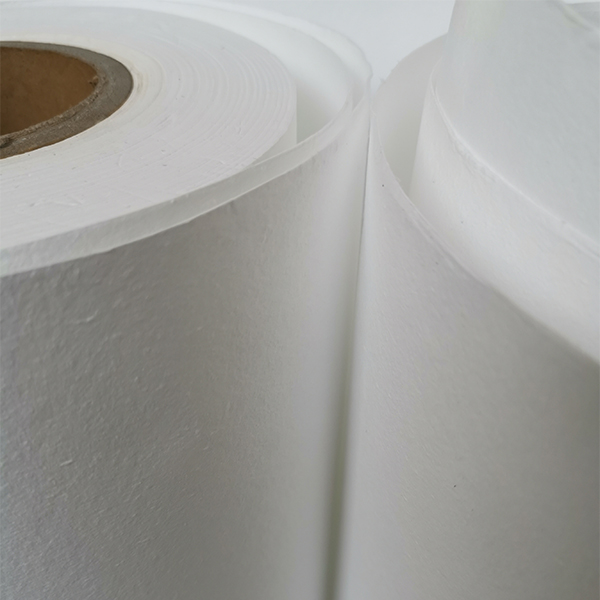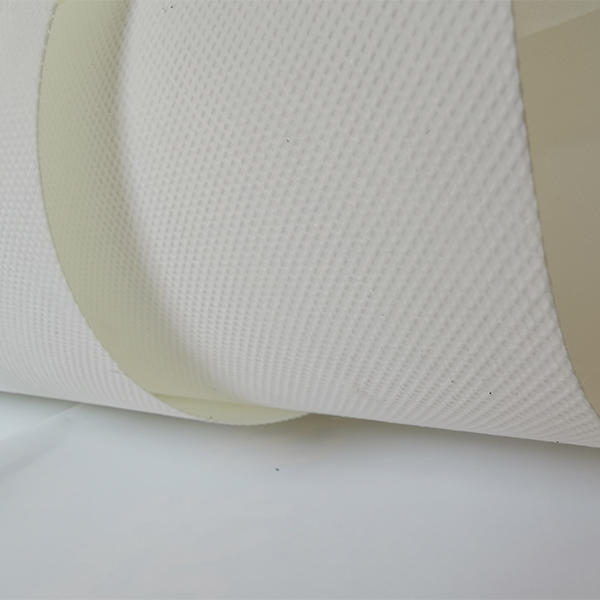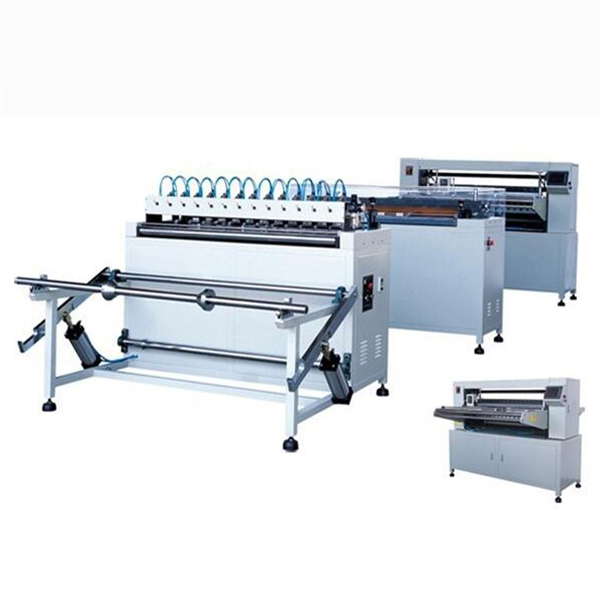Fuel Filter Paper: What’s Changing, What Matters, and What Actually Works
I’ve spent enough time in engine rooms and supplier workshops to know this: the tiny stuff makes or breaks reliability. And nothing is more “tiny” and critical than fuel filter paper. It looks simple—neutral color, quiet personality—but it decides whether injectors survive the winter and whether a fleet hits its uptime targets. To be honest, that’s a lot of pressure for a sheet of media.
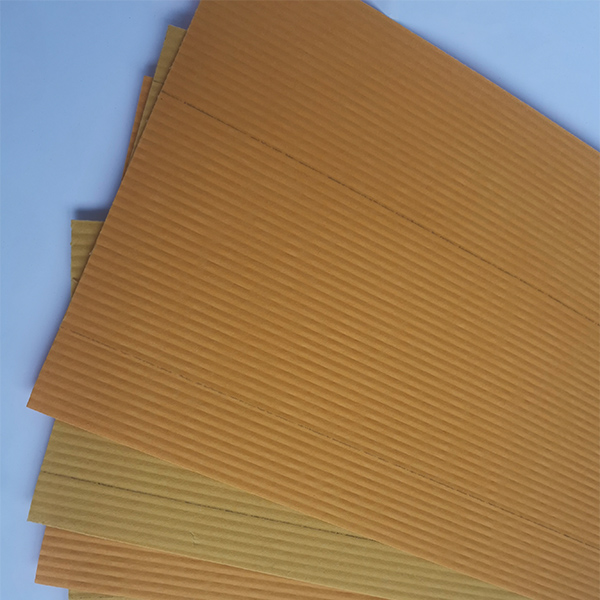
Industry trends I’m seeing
- Cleaner fuels, but tighter systems: high-pressure common-rail pushes particle limits down to ≈2–8 µm.
- Biofuel blends and ULSD mean media must handle water separation without killing flow.
- OEMs demand traceable QA (IATF 16949) and real multi-pass testing per ISO standards.

What the material actually is
Most premium fuel filter paper today blends refined cellulose with a melt‑blown layer. The cellulose brings mechanical strength and dirt-holding; the melt‑blown adds fine capture. An acrylic resin binder (sometimes phenolic-modified) ties the web together so it doesn’t collapse when wetted with diesel or gasoline. Sounds obvious—until you see a torn pleat from a cheap binder, which, yes, I have.
| Material | Cellulose or cellulose + melt‑blown composite |
| Binder | Acrylic resin |
| Basis Weight | ≈90–350 g/m² |
| Air Permeability | ≈35–240 L/m²·s |
| Thickness | ≈0.25–0.80 mm |
| Filtration Efficiency | Up to 99% @ 10 µm; beta ratios verified via ISO multi‑pass |
| Service Life | ≈15,000–40,000 km (duty cycle and fuel quality dependent) |
| Operating Temp | −40 to 120 °C (typical fuel systems) |

How it’s made (short version)
Fuel filter paper starts with fiber selection and refining; fillers are minimized to keep pores predictable. Then web forming, resin impregnation, controlled curing (you’d be surprised how much cure time affects wet strength), calendering to target permeability, pleatability checks, and finally multi‑pass efficiency testing with ISO 12103‑1 A2 test dust under ISO 19438 protocols. Lots of lab coats. Lots of vacuum pumps.
Where it’s used
- On-road diesel and gasoline filters (primary/secondary).
- Off-highway: construction, ag, mining—dusty air, dirty fuel, long idling.
- Marine and gensets where water separation is critical.
Fleet managers tell me the best fuel filter paper is the one nobody notices because engines just start—every single time.

Vendors: quick comparison (my shortlist)
| Vendor | Strengths | Certs | Lead Time |
|---|---|---|---|
| Anya Filter Media (Hebei, China) | Wide basis-weight range; stable acrylic system; flexible MOQ | ISO 9001; IATF 16949 (supplier chain) | ≈2–4 weeks |
| Vendor B (EU) | Strong water separation packages | ISO 9001 | ≈4–6 weeks |
| Vendor C (US) | Tight QA, detailed batch traceability | IATF 16949 | ≈3–5 weeks |
Factory origin for Anya: No.580 Gongnong Road, Shijiazhuang City 050000, Hebei, P.R. China.
Customization, testing, and a couple of quick wins
Custom cuts matter: choose 110–130 g/m² for primaries (flow-first), and 150–220 g/m² composites for secondaries (capture-first). Ask for ISO 19438 multi-pass curves and water separation tests; insist on incoming fuel compatibility checks (B7–B20, ULSD). One customer in a coastal logistics fleet reported ≈18% longer filter change intervals after switching to a higher basis-weight composite—mostly due to improved pleat stability in humid conditions. Another (agri fleet) cut injector claims by half; their words, not mine.

What to request in a data pack
- ISO 19438 multi-pass report with beta ratios at 4/6/10/20 µm.
- Air permeability (Gurley or L/m²·s), basis weight, thickness distributions.
- Wet burst and tensile strength; resin cure profile.
- Compliance: ISO 9001, IATF 16949, REACH/RoHS statements.
Bottom line: pick fuel filter paper by test data and application fit, not just price. The cheapest sheet often becomes the most expensive downtime.
References
Post time: Oct-06-2025


